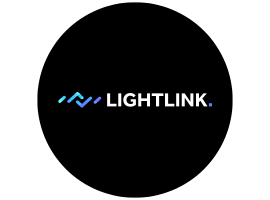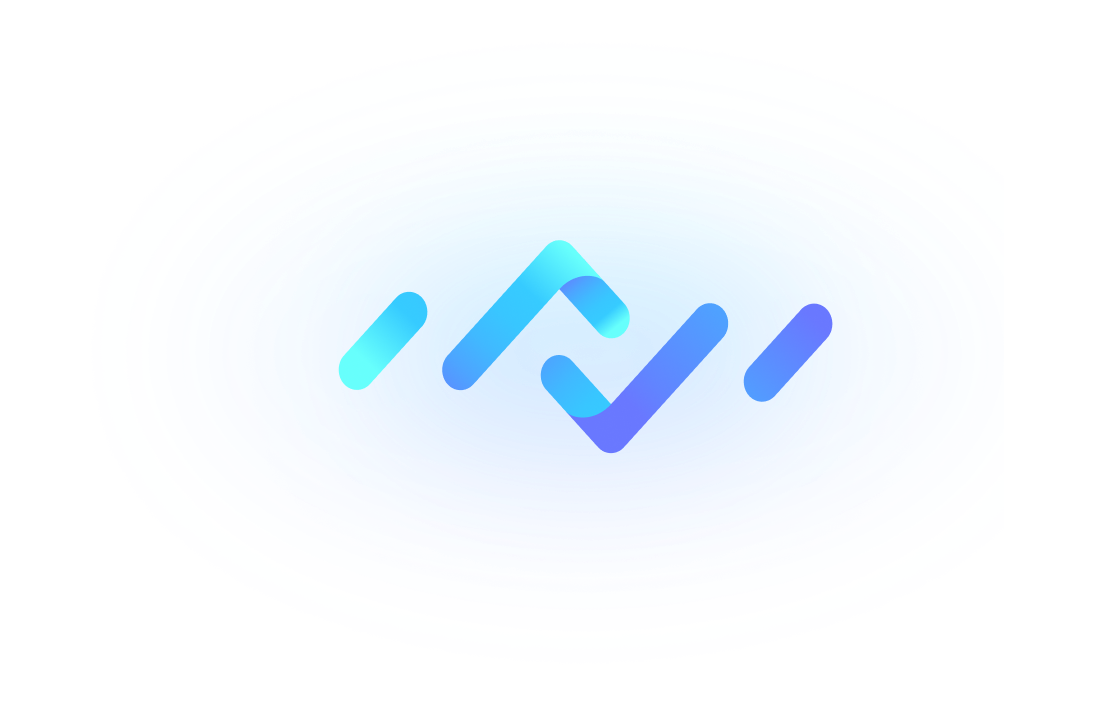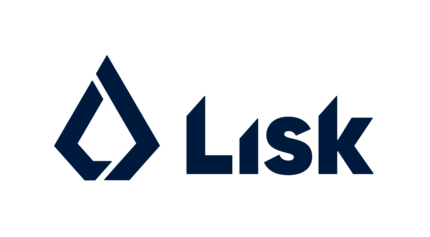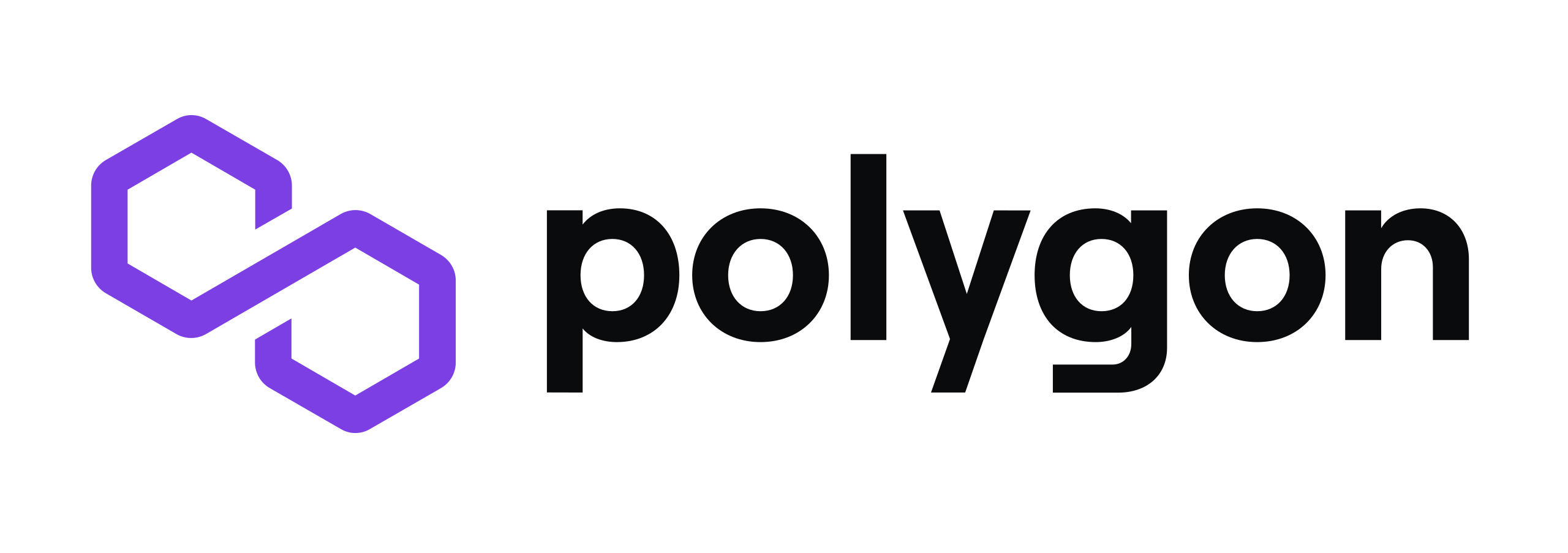
LightLink
LightLink Network is an Ethereum Layer 2 optimistic scaling solution and community.
Overview
LightLink Network is an Ethereum Layer 2 blockchain solution designed to improve scalability by using optimistic rollup technology. It aims to reduce transaction costs and increase throughput while maintaining Ethereum's security guarantees. The network is supported by a community focused on building infrastructure that enables faster and cheaper decentralized applications (dapps) on Ethereum.
The primary users of LightLink Network are infrastructure developers, DeFi teams, and enterprise blockchain teams looking to deploy scalable smart contracts without sacrificing security. Integration typically involves deploying smart contracts compatible with Ethereum's Virtual Machine (EVM) on the LightLink Layer 2 chain, allowing developers to leverage existing Ethereum tools and languages.
What distinguishes LightLink Network from other Layer 2 solutions is its community-driven approach combined with optimistic rollup technology, which balances scalability and security. Although detailed technical documentation and adoption metrics are not publicly available, the project is active on GitHub, indicating ongoing development. Developers interested in Layer 2 scaling can explore the LightLink Network repository to understand its architecture and contribute to its growth.
To get started, developers should have familiarity with Ethereum smart contract development and optimistic rollup concepts. They can clone the GitHub repository to review the codebase and monitor updates. Comprehensive onboarding materials and official documentation are currently limited, so engagement with the community and direct exploration of the code are recommended.
The Problem
Ethereum's mainnet faces scalability challenges including high gas fees and limited transaction throughput, which hinder the performance and adoption of decentralized applications. Developers and enterprises require Layer 2 solutions that can scale transactions efficiently without compromising security.
The Solution
Key Features
LightLink Alternatives
Explore web3 competitors and apps like LightLink.

Fuse
Start Building Now
Reliable RPC, powerful APIs, and zero hassle.
Resources
The primary resource for LightLink Network is its GitHub repository, which hosts the open-source codebase and serves as the main channel for development and community contributions.









